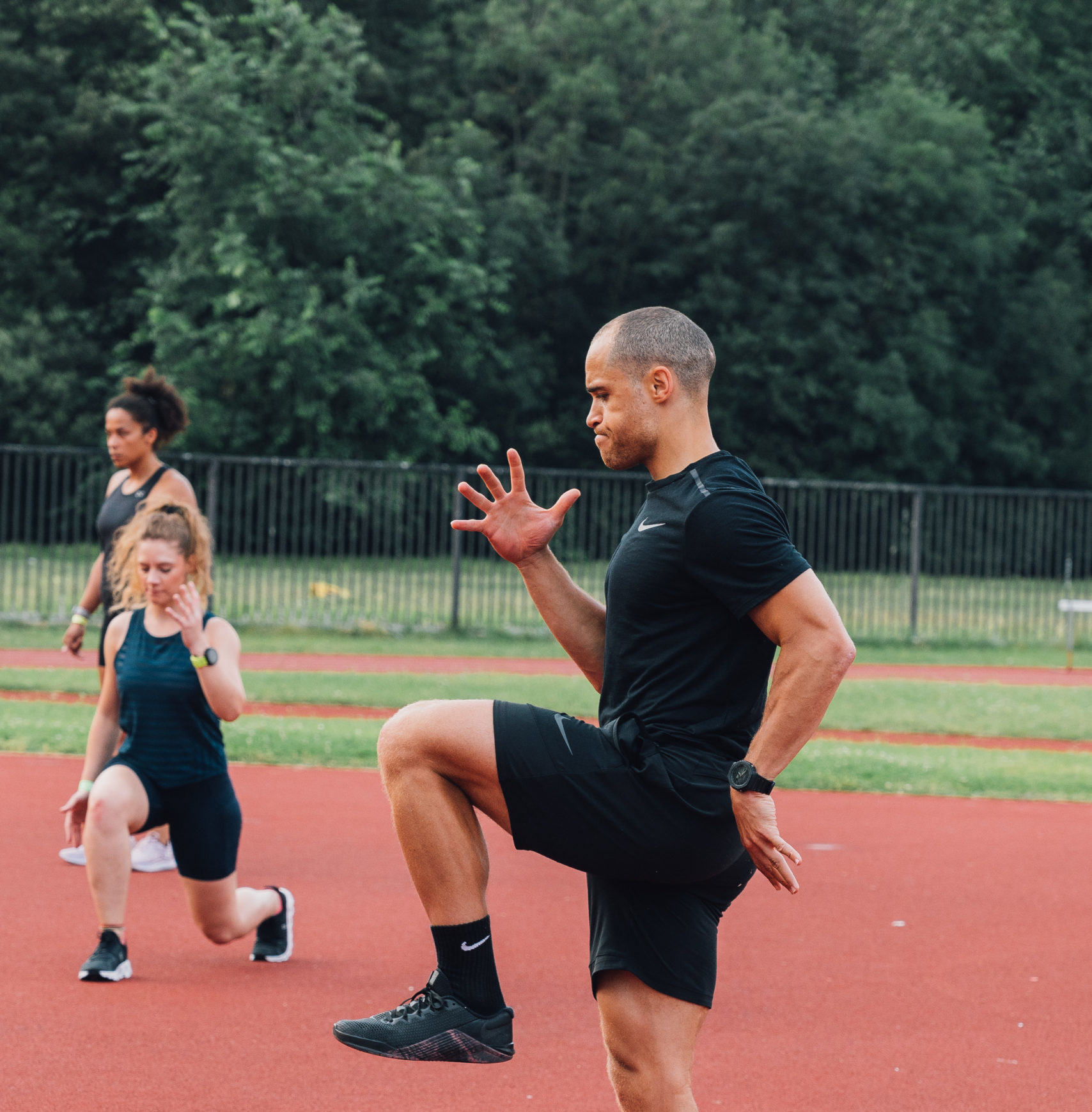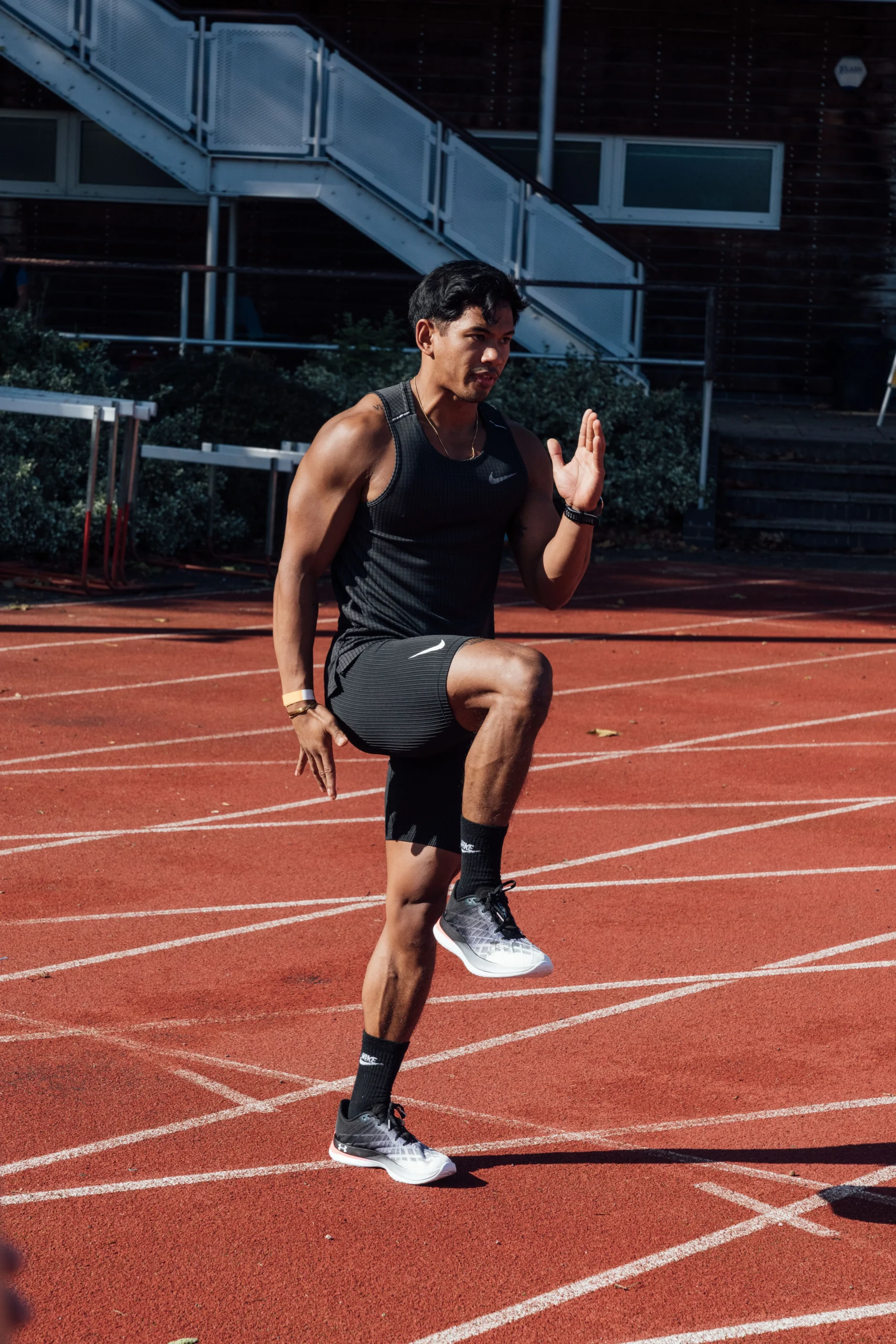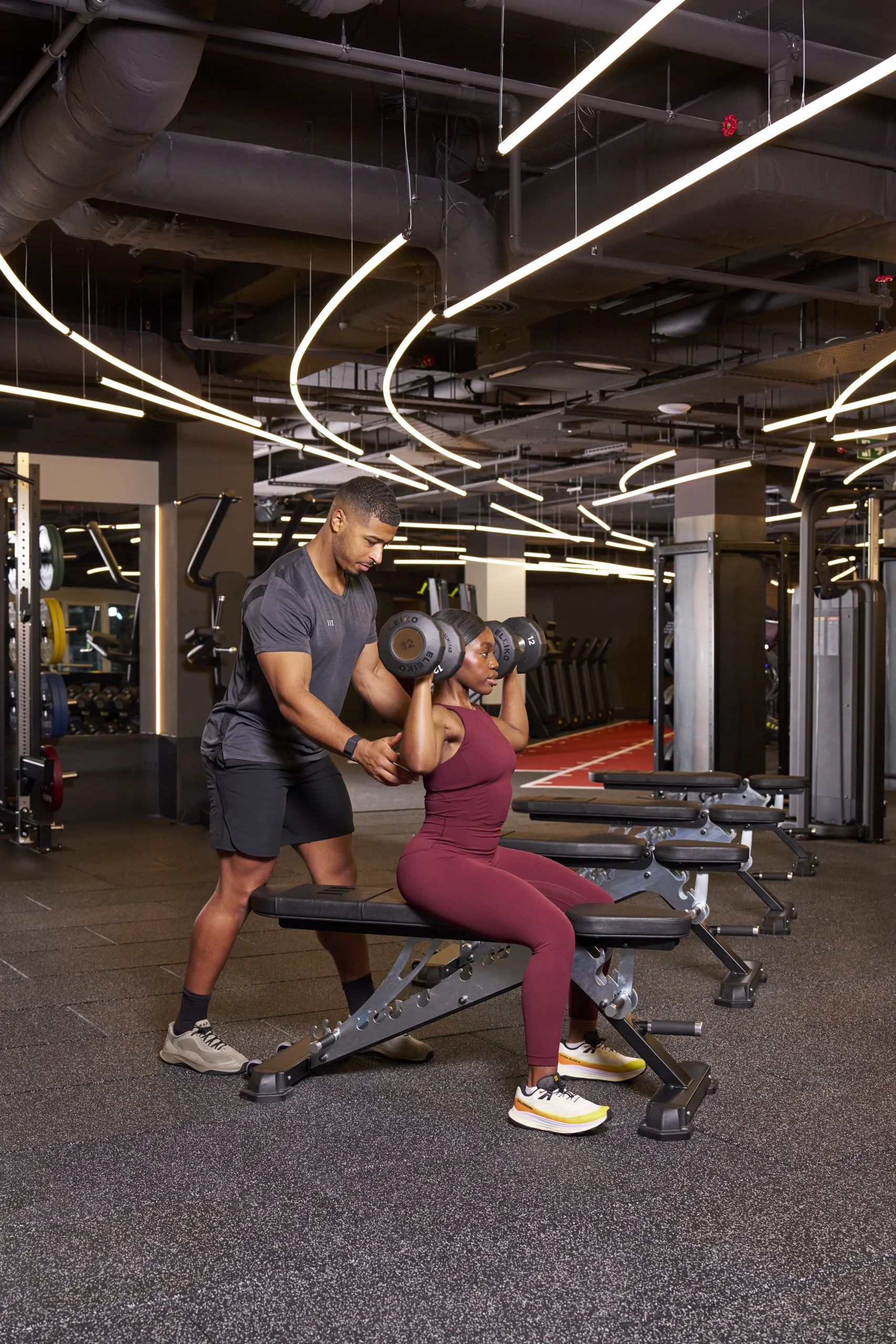- Linkedin Share
- Twitter Tweet
- Email Share
- Copy link Copy link Copied to clipboard
Triathlon is a demanding endurance sport that requires a combination of swimming, cycling, and running. Among the three disciplines, running is often considered the most challenging, as it requires significant strength, endurance, and mental toughness. To excel in triathlon running, it’s essential to tailor your training specifically to the sport’s unique demands.
In this article, with the expert help of Chris Stanton, Third Space Performance Master Trainer and triathlete coach, we will explore some key strategies for tailoring your running training to help you achieve your best possible performance in your next triathlon.
Reframe the challenge
“Many triathletes find the run leg of a triathlon challenging, not only on race day but also when combining all three disciplines into their training schedule,” explains Stanton. “Reduce your run volume from a typical pure running plan and have a triathletes mindset. What is necessary for you to become a better triathlete?”
Slow down your runs
“The pace of your running leg in the triathlon will be slower than your half marathon or marathon PB. It’s about understanding what this pace is. The act of running for an extended period of time increases the strength of primary muscles like quads, hamstrings, calves, and hip flexors,” says Stanton. “This will also allow you to increase your training volume. An easy pace is different from endurance at high intensity. Perform your long run the day after your long cycle. This will allow the body to get used to running on tired legs and can build mental resilience.”
Brick by brick
“Performing a bike workout straight into a run prepares the body for the expected demands of a triathlon event,” says Stanton. “The body has been in a static position for a long time and then you are asking it to instantly change and perform at its best. Here are two workouts to explore.”
- Perform a relatively low intensity bike into a split run. Half the run at race pace followed directly into an easy run for the same distance. e.g 90 minutes bike into 5km at race pace, 5km at an easy pace
- We can also flip this and execute a hard bike session into an easy paced run. It is very rare I would suggest two hard sessions back to back.
- If there is lack of time, reduce each bike workout by 10 minutes and use this time for a brick run. The more consistently you perform bikes into runs, the more comfortable you will feel.
Ramp it up
“Ramp runs are where you start off at an easy pace and gradually build up the speed. They are designed to increase your ability to tolerate faster paces without the impact of speedwork sessions. You will finish the ramped run by running at slightly above race pace,” says Stanton. “They will ensure you are always thoroughly warmed up for the harder efforts mitigating against injury and because of the relatively small amount of intensity, you are likely to recover quickly to maintain volume in your plan.”
Fast finish
“Fast finish runs are performed exactly as detailed. It adds some intensity to your long run and mimics race day,” says Stanton. “For example. for the final 10-20% of your run increase your pace up slightly faster than race pace until complete. These sessions integrate speed work once again in to your training without the need for extensive recovery.”
“In summary, you will need to consider the impact of your other workouts on your running speeds and durations,” Stanton concludes. “Consistency and progressive overload will build confidence and facilitate the best possible outcome come race day.”




